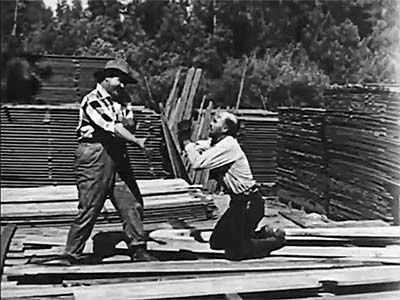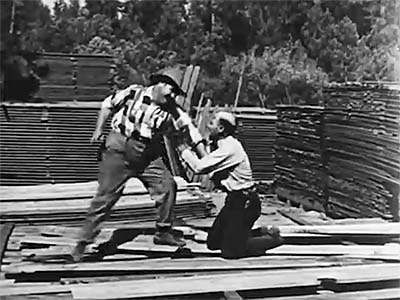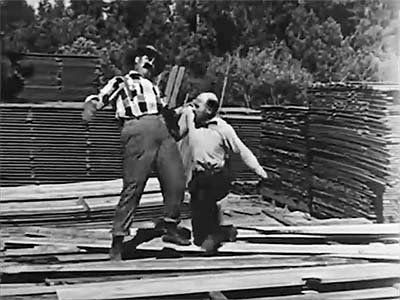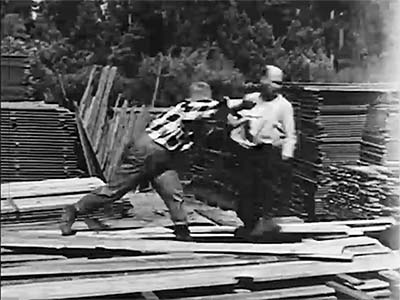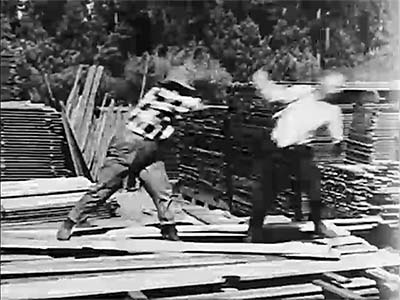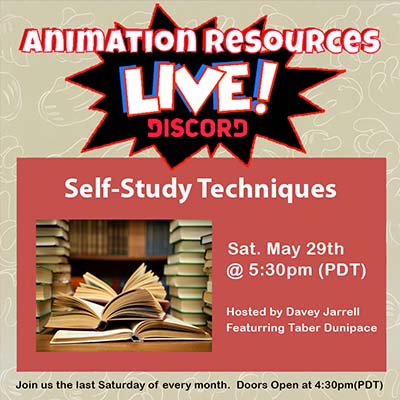YOU MISSED IT! REFPACK 040 HAS REPLACED THIS ON THE SERVER.

Every other month, Animation Resources shares a new Reference Pack with its members. They consist of an e-book packed with high resolution scans and video downloads set up for still frame study. Make sure you download the Reference Packs before they’re updated. When it’s gone, it’s gone!
MEMBERS LOGIN To Download
JOIN TODAY To Access Members Only Content
Last month’s Membership Drive was a big success. As a thank you to our faithful members, Animation Resources has expanded the offerings in our Reference Packs. This time you’ll find several new sections… International Animation, Slapstick Analysis and Breakdowns. As we get more members, we share more wonderful material with them. Here’s an overview of what you will find in RefPack039…

In our last Reference Pack we featured a podcast called “Different Artists, Different Paths” where we discussed advice for independent animators. In this RefPack, we are highlighting an independent animated feature film that you probably haven’t seen that checks off just about every one of the suggestions on our list… Borley Rectory by Ashley Thorpe.The genre of film making, the way the story is presented, and the techniques and tools used to make the film all work together to create an efficient animated feature that follows no established model. The film is a brilliant example of “thinking outside the box” and if the art of animation is to progress, it needs to push the boundaries of what an animated film can be.
MEMBERS LOGIN To Download
JOIN TODAY To Access Members Only Content
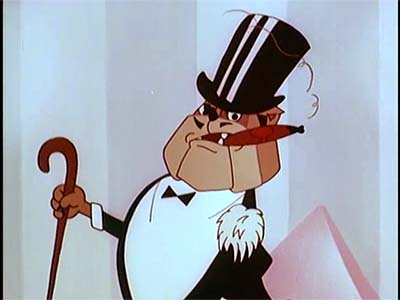
In our new International Animation section, we present a sampling of Russian animated propaganda films spanning the years between the 1920s and the 1970s. They chart the path of animation in Russia from the earliest years after the revolution, through Stalinism and beyond. You can clearly see how American and European animation and design influenced Soviet film makers and I think you will be amazed by the diversity of styles and incredible draftsmanship in these films.
For obvious reasons, Soviet authorities aren’t motivated to share obsolete propaganda like this any more; and revisiting these films likely isn’t viewed favorably by Russian citizens either. Film prints don’t exist outside the Soviet Union, so they have fallen into a cultural black hole. Animation Resources is lucky to have obtained copies of some of these fascinating films to share with you. In the future, we will share even more little known Russian animation.
MEMBERS LOGIN To Download
JOIN TODAY To Access Members Only Content
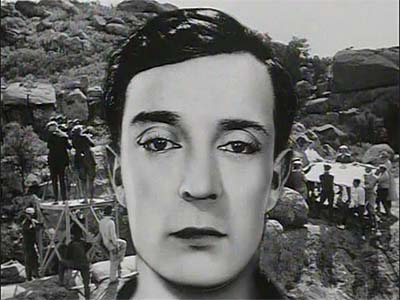
In the next new section, we feature a landmark documentary on one of the greatest slapstick performer/directors who ever lived… Buster Keaton. As we have mentioned before, during the late 1970s and early 1980s, many great documentaries on film history were produced in Great Britain. One of the best of these was a three part series titled, “Buster Keaton- A Hard Act To Follow”. Over the next few Reference Packs, we will presenting this whole series, starting this time with episode one.
If you have never seen a Buster Keaton film before, this documentary will give you a taste of what you’ve been missing. If like me, you have studied all of his films over and over many times, you will learn new things about Keaton and his creative process that you didn’t know before. It’s a rare opportunity to sit at the feet of a master, and even though these films were made a century ago, “A Hard Act To Follow” allows you to do just that.
MEMBERS LOGIN To Download
JOIN TODAY To Access Members Only Content
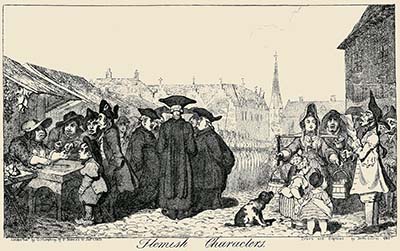
With every Reference Pack, we’ll be including a bonus video or e-book from one of our past Reference Packs. This time we are sharing a monumental book that was originally published in 1871 outlining the life and works of James Gillray, the Caricaturist.
James Gillray (1756–1815) was an English caricaturist and printmaker famous for his political and social satires, mainly published between 1792 and 1810. Best known for his works satirizing King George III, prime ministers and generals, Gillray’s wit and humour, knowledge of life, fertility of resource, keen sense of the ludicrous, and beauty of execution, at once gave him the first place among caricaturists.
MEMBERS LOGIN To Download
JOIN TODAY To Access Members Only Content

One of the most popular features of Animation Resources’ social media accounts is our breakdowns- short clips of great animation, slowed down so you can see the nuts and bolts of how it works. We will be sharing a batch of them with you in each Reference Pack, so you can download them and build your own library of breakdowns. Organize them into folders by subject, like “walk cycles” or “takes” and refer to them when you need inspiration in your own animation.
And that’s not all… We maintain an archive of our podcasts on the Members Only page as well. We’ve had programs covering advice for finding your place in animation, Chuck Jones’ bar sheets, how to break down slapstick films, examples of great background layout and more… When you log in, you can spend hours learning and getting inspired!
MEMBERS LOGIN To Download
JOIN TODAY To Access Members Only Content

At Animation Resources, our Advisory Board includes great artists and animators like Ralph Bakshi, Will Finn, J.J. Sedelmaier and Sherm Cohen. They’ve let us know the things that they use in their own self study so we can share them with you. That’s experience you just can’t find anywhere else. The most important information isn’t what you already know… It’s the information you should know about, but don’t know yet. We bring that to you every other month.
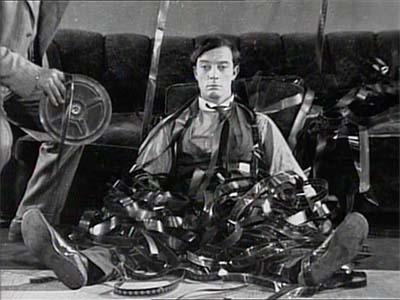
MEMBERS LOGIN To Download
JOIN TODAY To Access Members Only Content
Haven’t Joined Yet?
Check out this SAMPLE REFERENCE PACK! It will give you a taste of what Animation Resources members get to download every other month!

CLICK TO DOWNLOAD A Sample RefPack!
Animation Resources is a 501(c)(3) non-profit arts organization dedicated to providing self study material to the worldwide animation community. If you are a creative person working in animation, cartooning or illustration, you owe it to yourself to be a member of Animation Resources.









 by
by 















